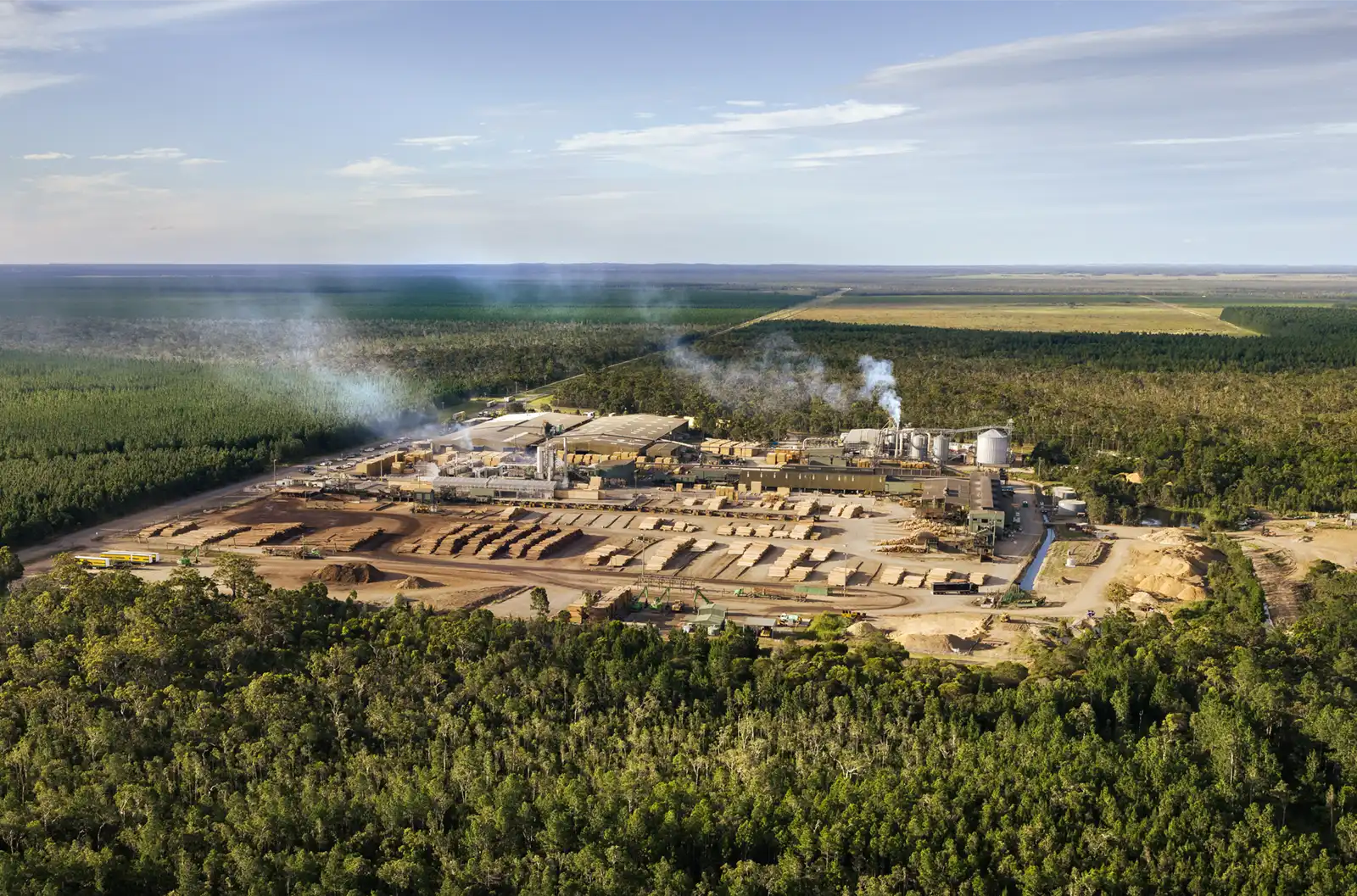Why treated timber?
Termites are a common threat in Australia, with almost every region affected by their presence. In fact, the CSIRO estimates that 80% of all homes are within 25 metres of a termite nest. What’s more, according to a report from Archicentre by the Australian Institute of Architects, the annual cost of termite damage to homes is more than $1.5 billion – far surpassing damage caused by fire and storms combined.
Fungi and decay can also have a significant impact on the structural integrity of timber. Decay can occur when fungi penetrates the timber and begins to break down its structure. Timber can become soft, spongy, and discoloured, and it can lose its ability to support weight or resist bending or twisting. Unfortunately, decay can also attract wood-boring insects, like termites, which can further weaken the timber.
Despite this, builders and homeowners can have peace of mind with Hyne Timber’s treatments boasting a 25-year guarantee against structural damage caused by termites and fungal attack*, with the added benefit of no required annual inspections or ongoing costs.
In addition to this, Hyne’s treatments are organic and safe to handle. They have been approved by the Australian Pesticides and Veterinary Medicines Authority (APVMA) and are not considered to be carcinogenic, mutagenic, reproductive, sensitising, or a hazard to humans and mammals alike. In fact, the organic formula used is designed to mimic the termite resistant properties of some plant species, and its active ingredients are similar to those used in flea collars and human head lice shampoos.
So given that home insurance in Australia doesn't cover pest damage of any kind, and that the cost of treated framing is negligible when building a new home or renovating – it just makes sense to use treated timber.

How is timber treated?
Treatment preservatives are usually impregnated into the timber cells via a liquid carrier agent – which can include water, solvents or oils such as linseed.
The impregnation process can vary depending on several factors, such as the timber species, preservatives, carrier agents and treatment hazard level – but can include dipping, spraying or pressure treatment which involves placing the timber in a pressure chamber and forcing preservative chemicals into the wood under high pressure.
Timber treatments are primarily focused on protecting the sapwood. The sapwood of all species is considered non-durable, due to its life-supporting starches and sugars, and is comparatively easily penetrated by preservatives. With that said, impregnating the timber’s heartwood is sometimes necessary if the product is going to be used in an environment that would increase its deterioration; for instance, outdoor, in-ground or wet applications.
Australian Standards relating to treated timber and treated timber products (AS1604 series) set out minimum preservative penetration requirements and minimum preservative retention requirements.
Treatment Types
LOSP (Light Organic Solvent Preservative) is commonly used in high value joinery and products treated in their final form and dimensions. LOSP treatments can only be used in above ground applications, providing up to Hazard Level 3 (H3). The active preservatives can include tributyl tin naphthenate (TBTN), azoles and synthetic pyrethroids.
ACQ (Alkaline Copper Quaternary) contains copper and a quaternary ammonium compound. Its colour can range from dark to brownish green, and it is applied using a pressure process as a water-borne preservative. It is free of arsenic and can provide up to Hazard Level 4 (H4). It can be painted or stained when dry.
Copper Azole is one of a new generation of preservative treatments that can be used in water-borne pressure treatment processes. It is a preservative that contains copper, boric acid and tebuconazole and is commonly used with softwood species as an arsenic-free alternative to CCA for treatments up to Hazard Level 4 (H4). It is odourless and can be stained or painted when finished.
CCA (Copper, Chromium and Arsenic) impregnates the timber with water and salts under pressure. Offering a high level of resistance to leaching, CCA can be used on timber exposed to the elements or used in-ground. It is free of odour but has a green appearance which may detract from its appearance. The Australian Pesticides and Veterinary Chemical Authority (APVMA) requires that CCA treated timber may not be used for public projects, children’s playgrounds, garden furniture, picnic tables, external seating, domestic decking or handrails.
Treatment Chart

Disposal
Discarding of treated timber at the end of its service life, and the handling of off-cuts, is best managed through appropriate recycling and disposal methods.
Check your local government legislation for the appropriate waste handling actions in your region.








.jpg)













